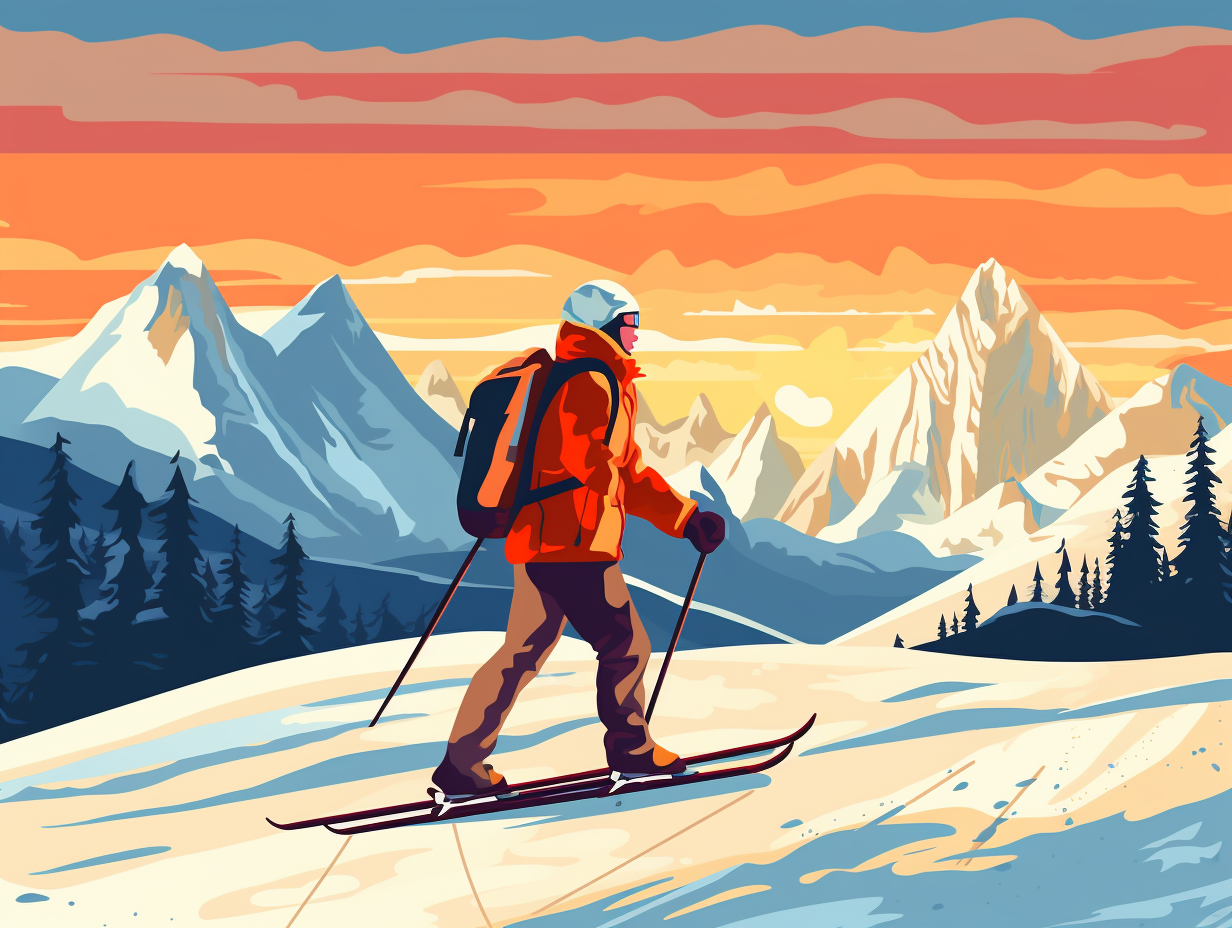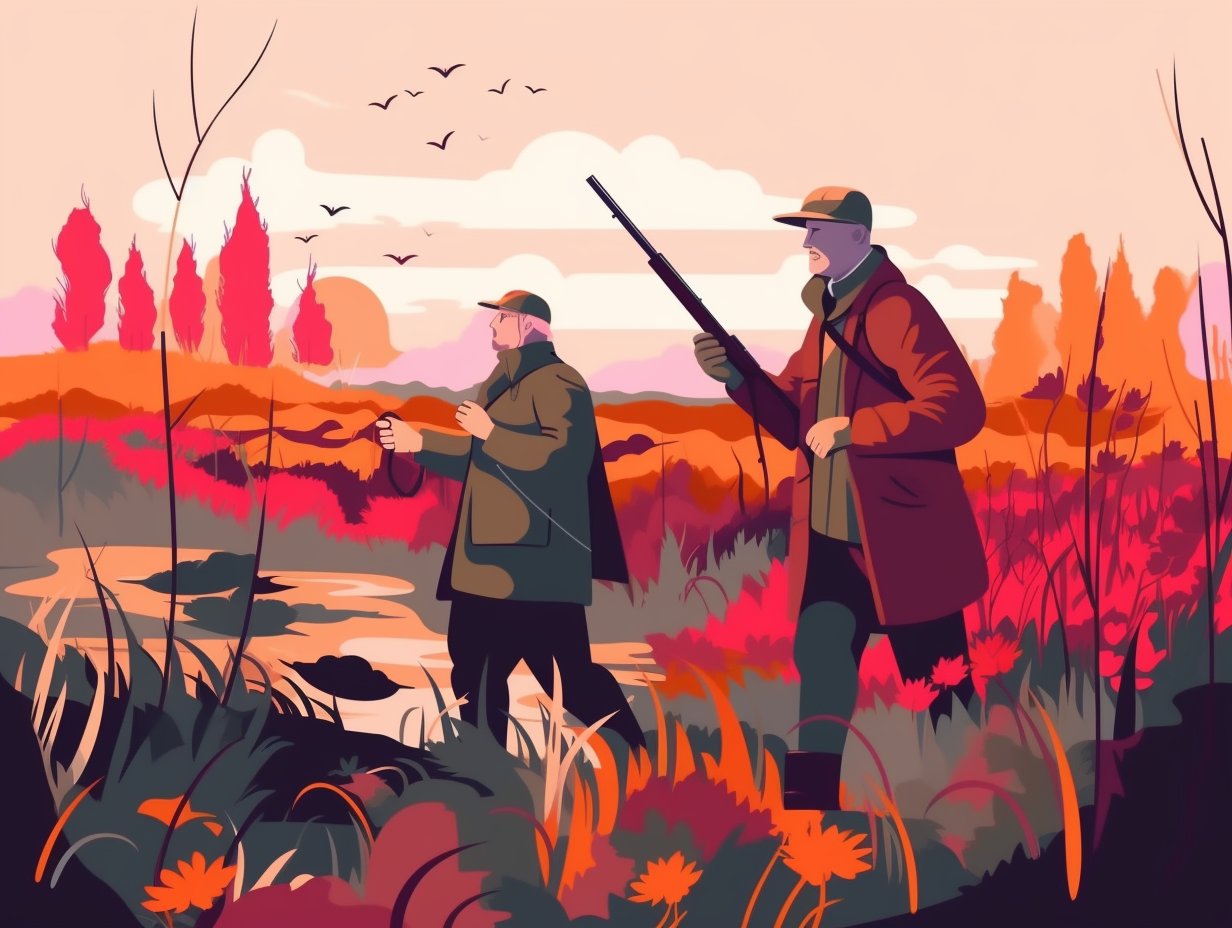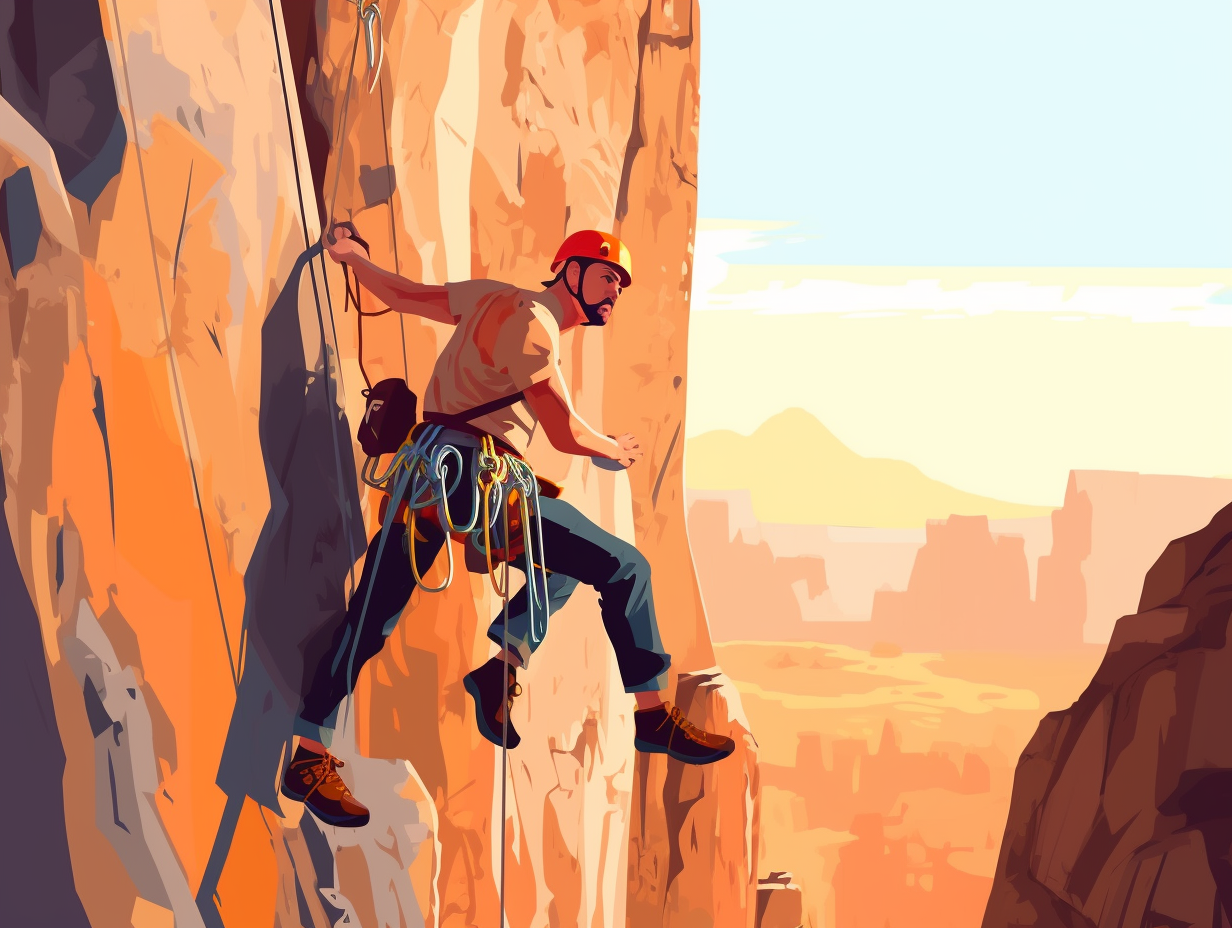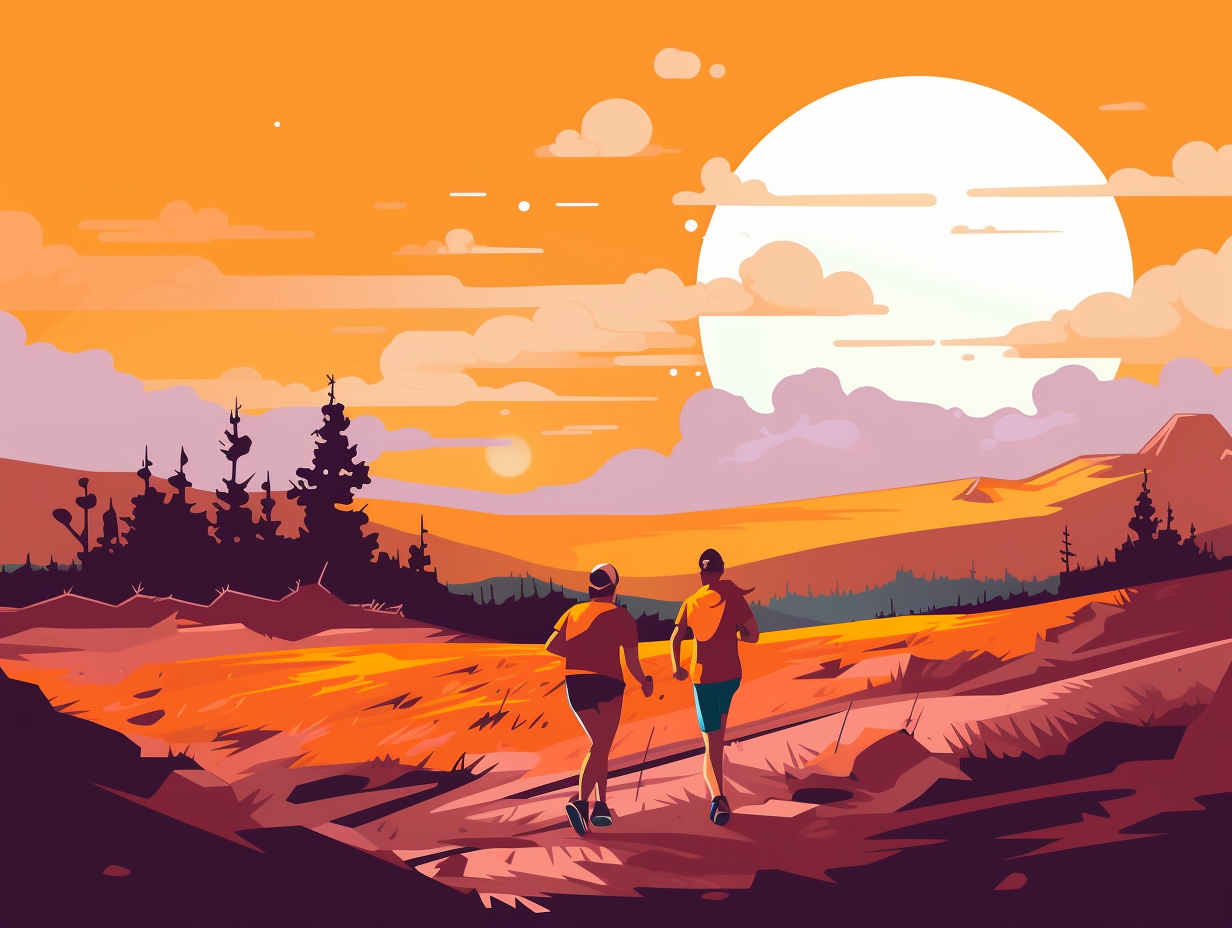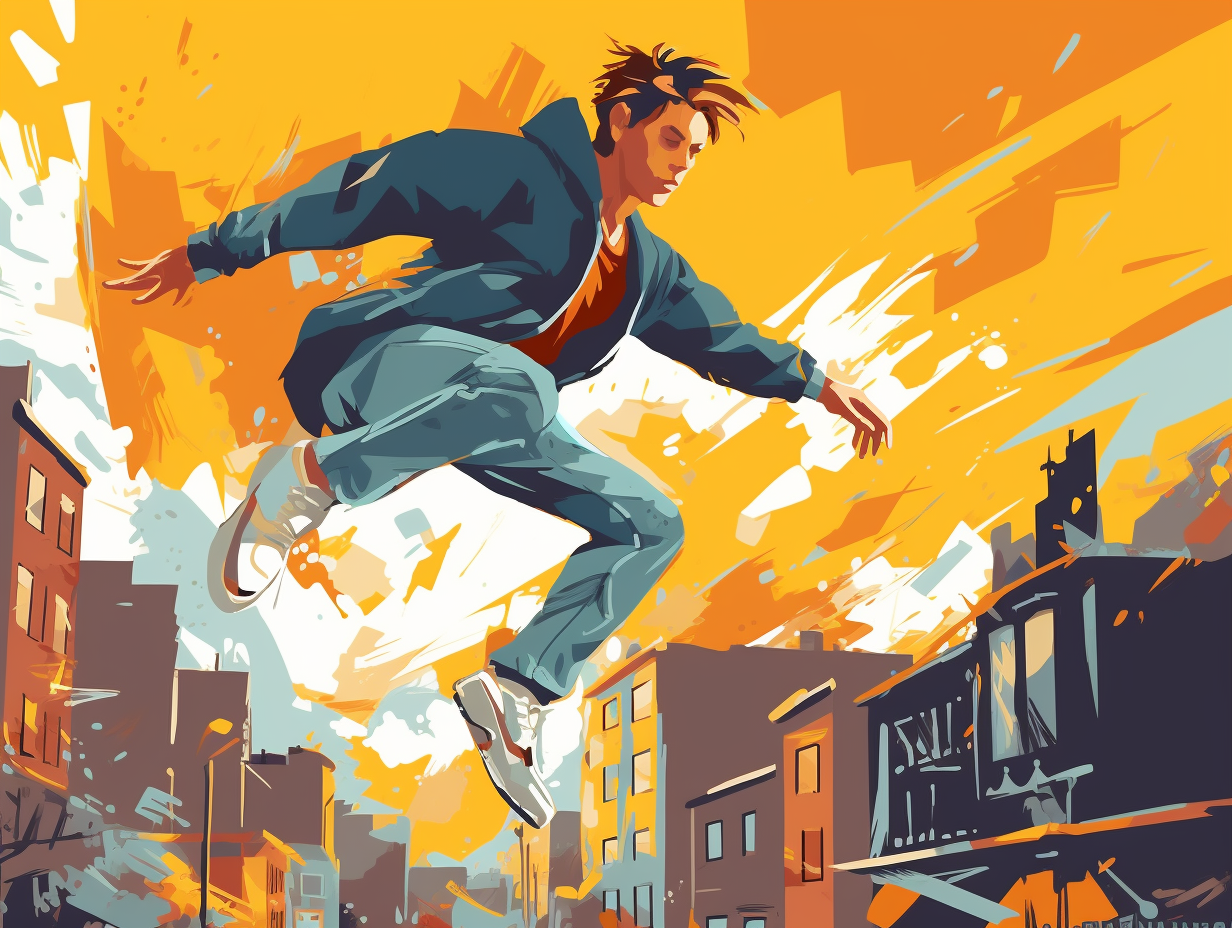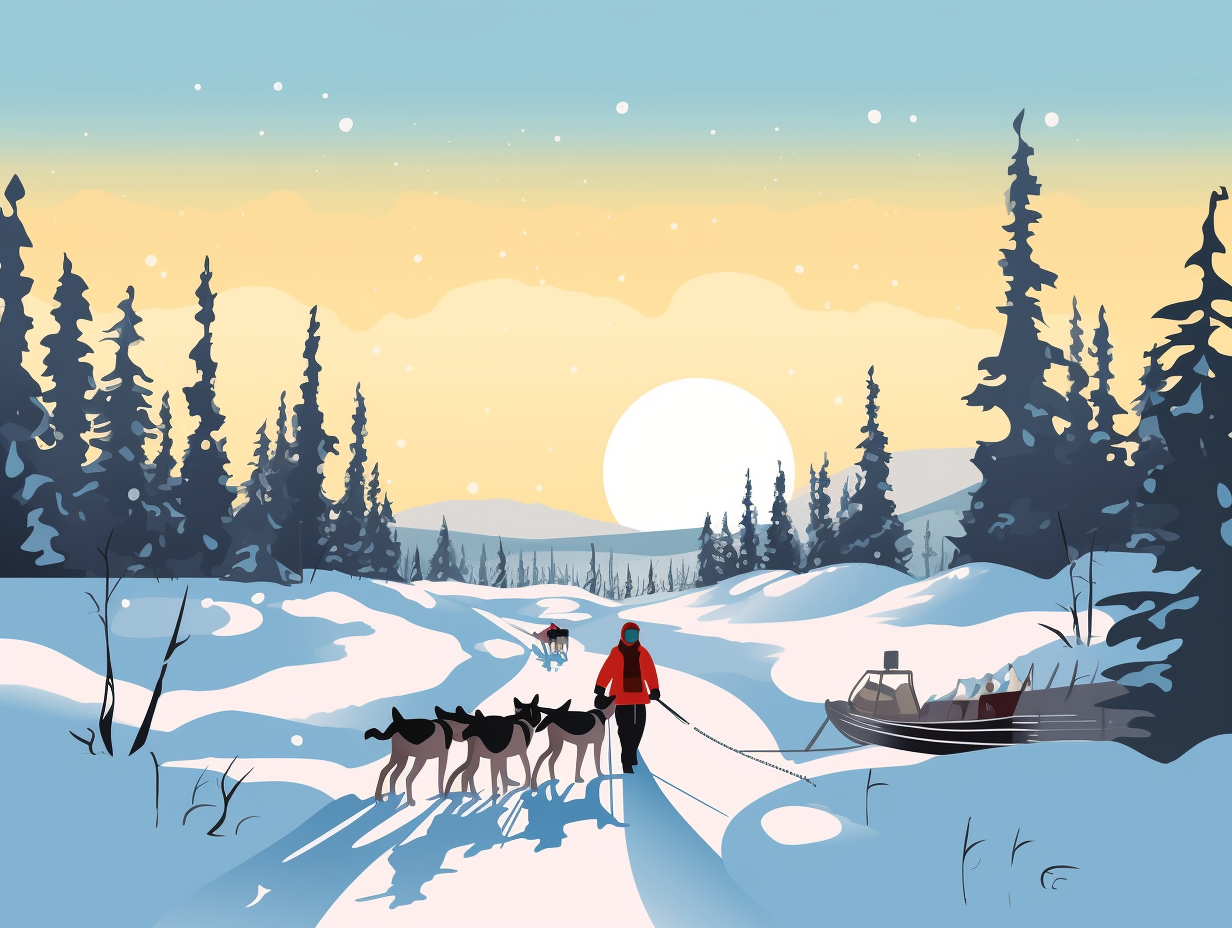Discover Hidden Gems: 13 Fascinating Fun Facts About Horseback Riding You'll Love!
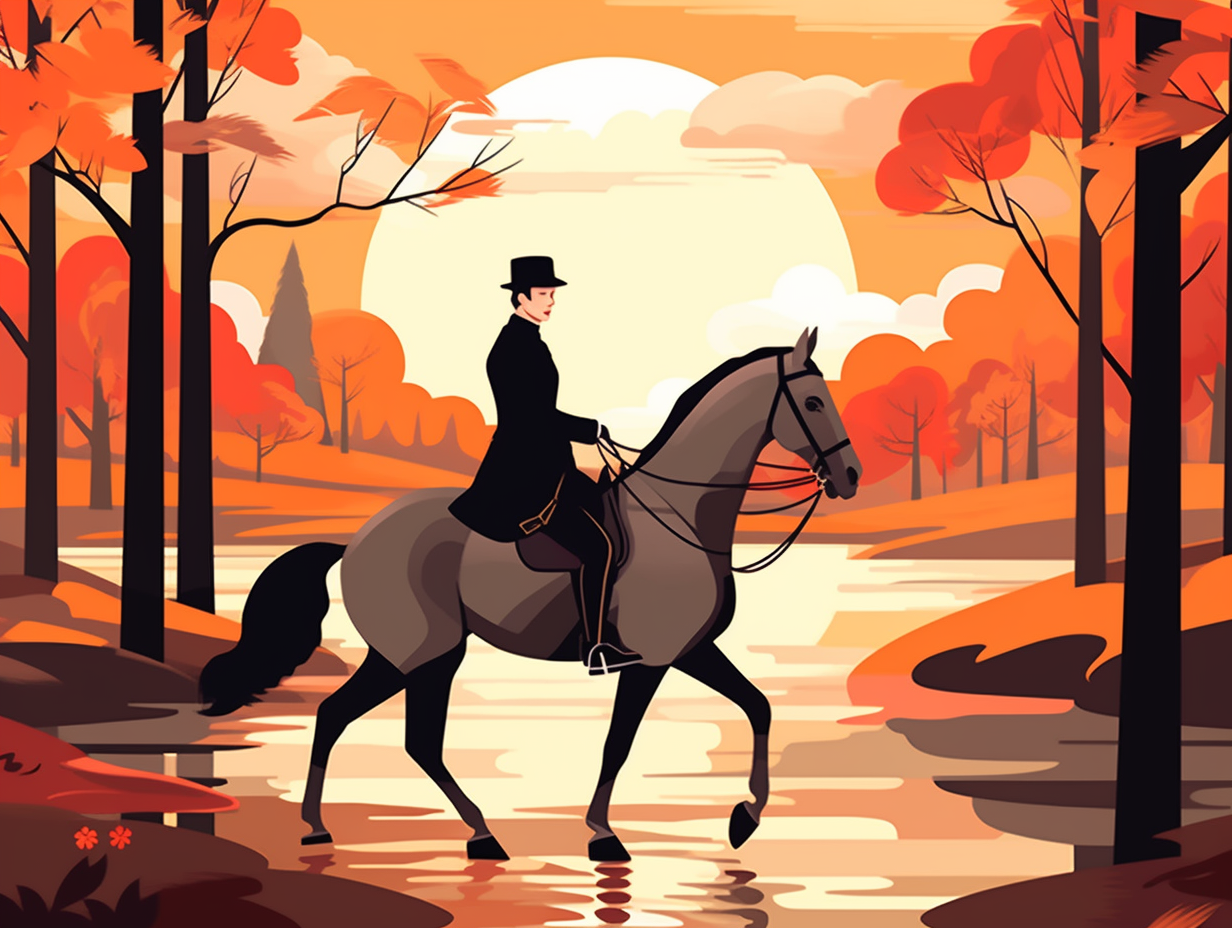
1. Ancient Greek Horse Disco
Guess who could dance better than John Travolta in his disco days? Ancient Greek horses, of course! They'd gracefully boogie with their two-legged companions in maneuvers that would leave any disco king jealous: In fact, dressage originated over 2,000 years ago with the Ancient Greeks who used patience and rewards to teach their equine dance partners trust and communication, resulting in the beautiful and rhythmic dressage moves we enjoy today.
Source => countrylife.co.uk
2. Game of Reins
Hold your horses, cowboy! Did you know there's a major plot twist in the reins-game of horseback riding? In an enthralling "Game of Reins" powerplay: Western riders hold the reins proudly in one hand and neck-rein their horses, while English riders opt for a two-handed approach, directing their steeds with seat and leg aids, bearing more resemblance to a classy waltz than a rodeo showdown.
Source => cowgirlmagazine.com

Did you know bears have an incredible sense of smell and can be attracted to your campsite by the faintest food scent? Learn how to avoid a beary uninvited guest with proper food storage and disposal tips.
=> Fun Facts about Camping
3. Horses' 360-Degree Vision
Horses can't look backwards to avoid spoilers, and neither should you: This is due to a blind spot directly behind their bodies and heads, but their excellent peripheral vision grants them an almost full 360-degree view, allowing swift detection of potential threats or predators approaching from any other direction.
Source => extension.iastate.edu
4. Medieval Horse Tinder
In Ye Olde Humpty Dumpty Times, when knights in shining armor made rounds looking for horses to match their knights in shining armor Tinder profile photos: horses were classified based on their usage - carthorses for some intense cart-pulling soirees and swift chargers for the knights, spawning the idea for today's equestrian styles.
Source => statelinetack.com
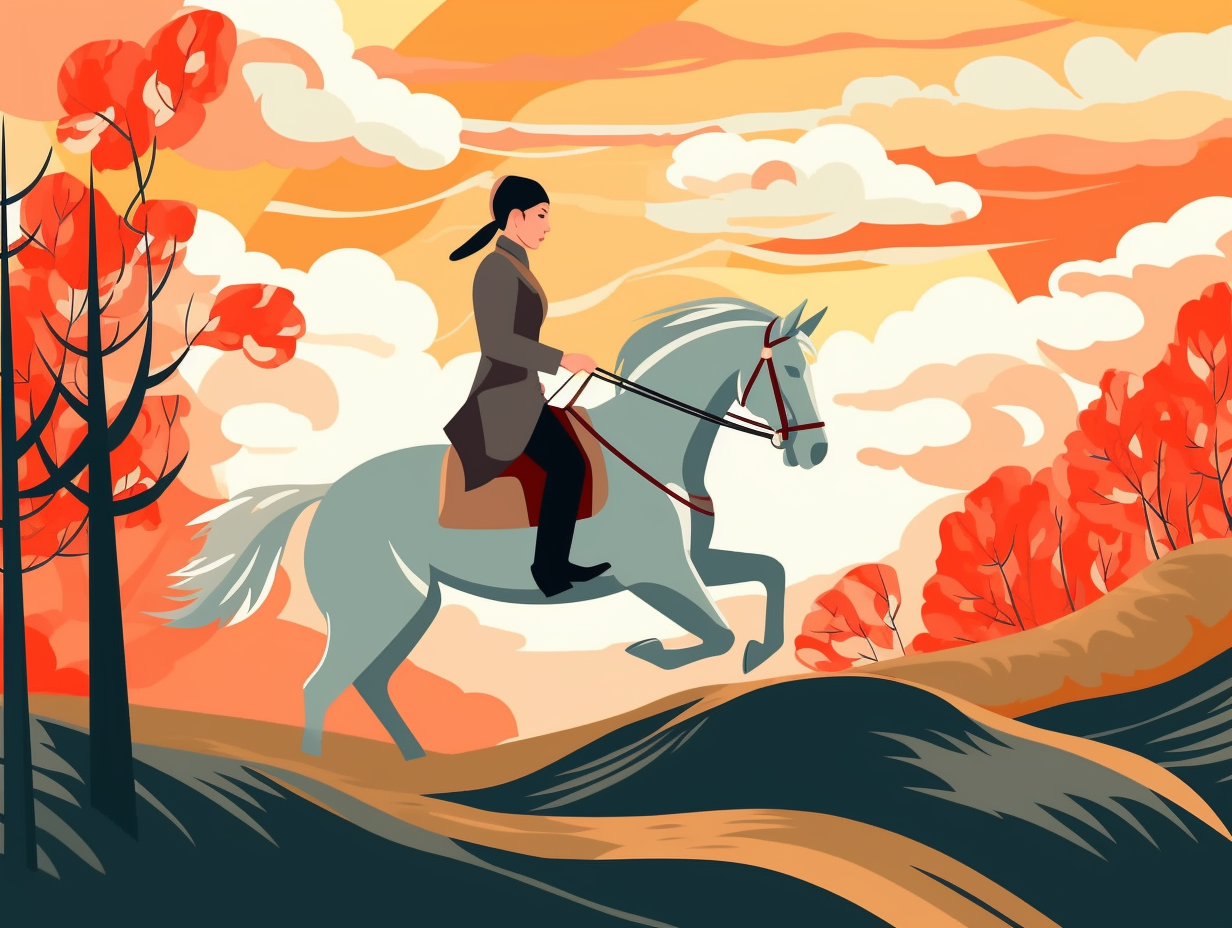
5. Riding for Autism & ADHD
For those tired of horsing around with screens and gadgets, saddle up and embrace the mane event: Horse riding not only begets a galloping good time, it also promotes physical exercise, leadership skills, and even equine therapy benefits for children with conditions like autism and ADHD—talk about a one-horse open slay of goodness!
Source => lottie.com
6. Saddle Up for Emotional Healing
Horseback riding - it's not just for cowboys and knights in shining armor anymore! Time to saddle up for some emotional and physical healing, y'all: Horseback riding provides therapeutic benefits, including strengthened self-confidence, social connections, and emotional well-being, as well as improved muscle control, range of motion, and overall balance and coordination from the gentle, rhythmic movement of the horse's walk.
Source => greystonemanortrc.org
7. Knights and Battle Steeds
Knights in shining armor might seem like a "neigh-sayer's" idea of a good time, but they were no "one-trick pony"; the equestrian prowess of these Medieval "horsin' around" heroes was no joke: Horseback riding played a crucial role in England's culture and history, with battle steeds being selectively bred for combat, and nowadays, the tradition gallops on with various riding clubs and equestrian centers for enthusiasts.
Source => picturesofengland.com
8. The Piaffe: Equine Time Suspension
You've heard of dancing with the stars, but have you ever seen a horse trot the night away in a magnificent display of equine elegance? Behold the Piaffe: This dressage move showcases a horse trotting in place with an impressively supple and elastic back, and highly engaged hindquarters. Each diagonal pair of legs is lifted and returned to the ground in perfect synchronization, giving the appearance of the horse being suspended in time. A dazzling performance that leaves spectators in awe!
Source => britishdressage.co.uk
9. Victorian Ladies Gallop Wild
Ladies, hold onto your corsets and gather your petticoats – we're about to get wild with equestrian innovation from the 1830s! Our Victorian sisters were no damsels in distress when it came to horseback riding: Behold the second pommel, the revolutionary game-changer for side-saddle enthusiasts. No longer merely languid passengers, women in high society were now equipped for daring gallops, tricky jumps, and even hunting – all while maintaining their carefully curated modesty and propriety, of course.
Source => historic-uk.com

10. Fabulous Forelocks
Behold the equine unicorn, know for their luscious "bangs" that cascade over their eyes, flirtatiously playing peek-a-boo with anyone who dares to maintain eye contact: These ravishing forelocks, sported by horses, are believed to not only add a touch of equestrian glam, but also assist in temperature regulation and pest control, likely developed in colder climates like northern Europe. Next time you spot a horse with a fab fringe, remember they're equal parts fabulous and functional!
Source => en.wikipedia.org
11. Groovy Gaited Horse Breeds
Horses? More like express-equine dance machines, am I right? They effortlessly prance and sway through life, mastering moves that leave us mere humans in the dust (quite literally!): Here's the real deal - Gaited breeds like Tennessee Walking Horses and Standardbreds have their very own special gaits, such as the running walk and pace, which are used for racing and showing off, making them the groovy, smooth-moving stars in the horse world.
Source => horserookie.com
12. Equestrian Whole-Body Workout
Horseback riding: the ultimate whole-body workout that'll have you saying "neigh" to the gym! Did you know this equestrian exercise can improve core strength, muscle tone, flexibility, balance, coordination, and even enhance problem-solving and mental health? Take that, treadmill!
Source => thepinehillranch.com
13. Horses' Limited Color Vision
Who said horses can't paint the town red? They literally can't: horses have limited color vision, making it hard for them to distinguish red from the background. They do, however, excel in detecting texture, luminance, and motion—which is probably why they're so good at sensing the slightest whinny of sarcasm. Some colors like white, yellow, and blue are easier on their sight, but beware of shiny or white surfaces; horses might go haywire due to amplified brilliance and lack of textural clues!
Source => cooperativehorse.com




